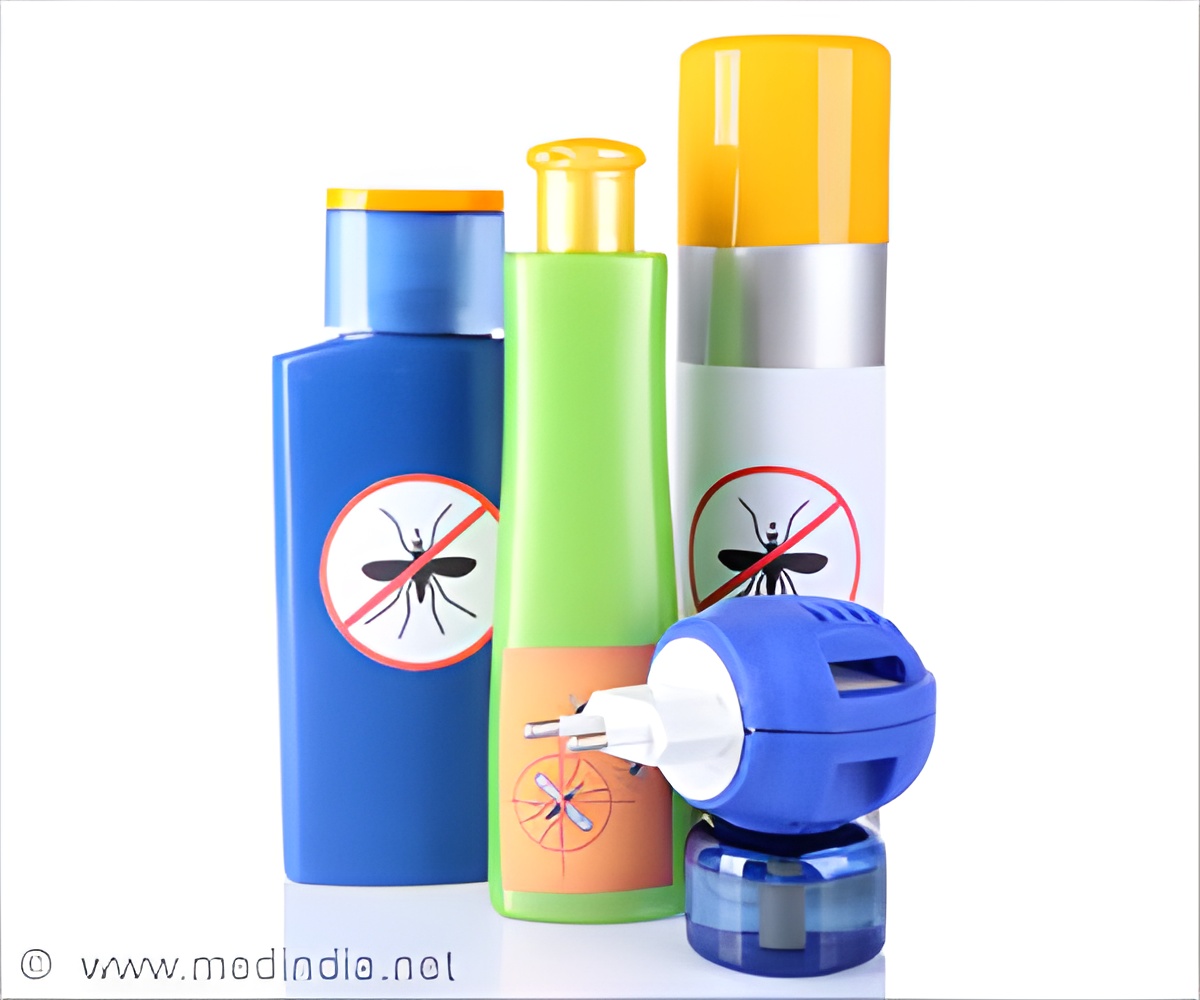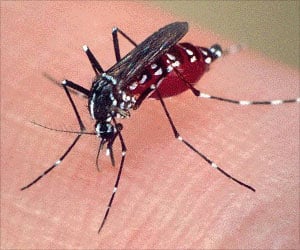A mosquito smells a host's carbon dioxide (CO2) plume from a distance of 10 to 50 meters. As it flies closer, to within five to 15 meters, it begins to see the host.

For the study, the researchers released hungry, mated female mosquitoes into a wind tunnel in which different sensory cues could be independently controlled. In one set of experiments, a high-concentration CO2 plume was injected into the tunnel, mimicking the signal created by the breath of a human being. The research team also introduced a plume consisting of background air with a low concentration of CO2. When a concentrated CO2 plume was present, the mosquitoes followed it within the tunnel, while they showed no interest in a control plume consisting of background air.
In the next experiment, the team did the same CO2 plume experiment but this time they provided a dark object on the floor of the wind tunnel. They observed that in the presence of the CO2 plumes, the mosquitoes were attracted to the dark high-contrast object. In the wind tunnel with no CO2 plume, the mosquitoes ignored the dark object entirely.
The researchers explained, "While it was no surprise to see the mosquitoes tracking a CO2 plume, the new part that we found is that the CO2 plume increases the likelihood that they will fly toward an object. That means that they smell the CO2, then they leave the plume, and several seconds later they continue flying toward this little object. So you could think of it as a type of memory or lasting effect."
In an separate experiment, researchers found that mosquitoes showed a preference for the warm object. But contrary to the mosquitoes' visual attraction to objects, their preference for warmth was not dependent on the presence of CO2. Van Breugel said, "A mosquito can see a visual feature from much further away so that happens first. Only when the mosquito gets closer does it detect an object's thermal signature." Biologist Jeff Riffell from University of Washington, co-author on the paper, said, "Till date, very little was known about what a host looks like to the mosquito and how a mosquito decides where to land and begin to feed till now."
The study appears in the Current Biology.
Advertisement










